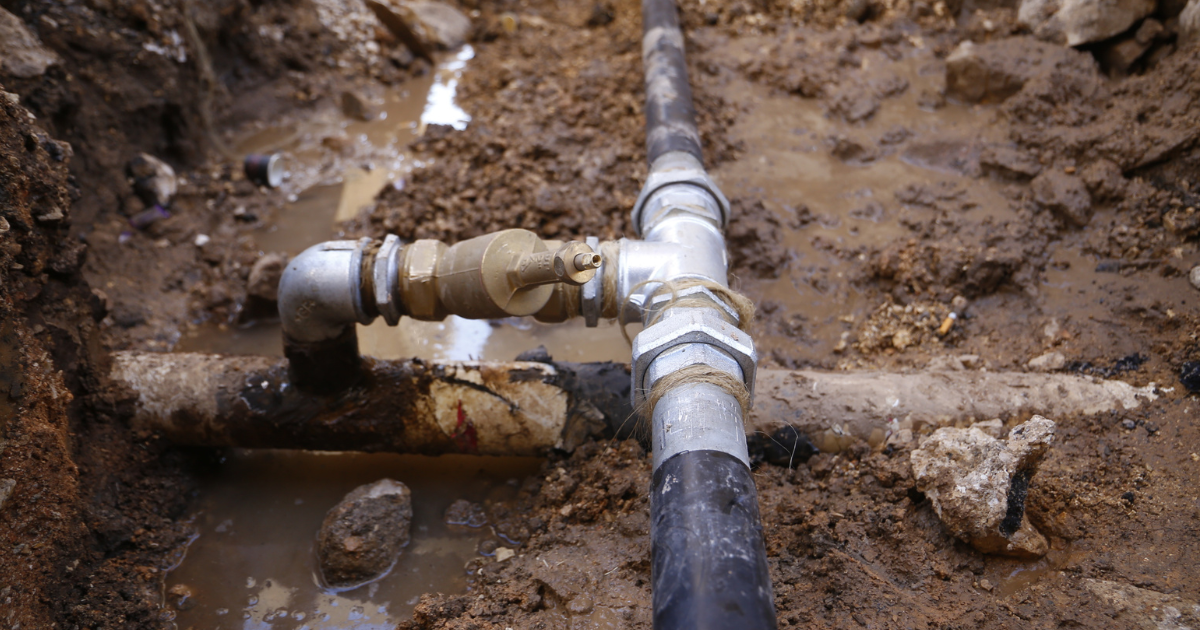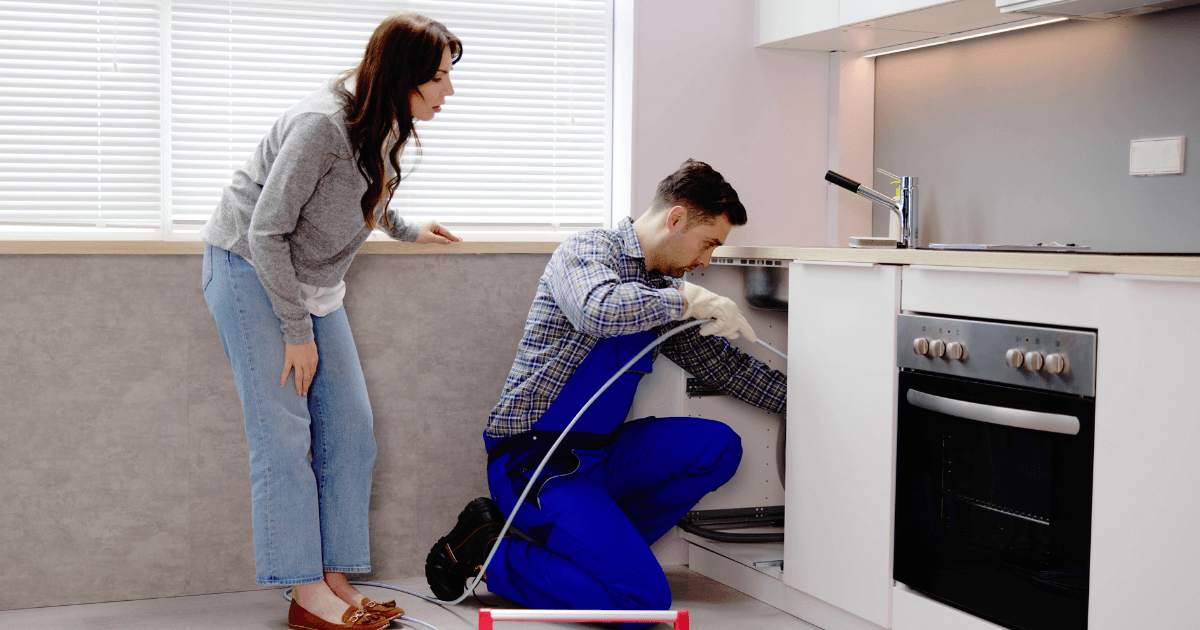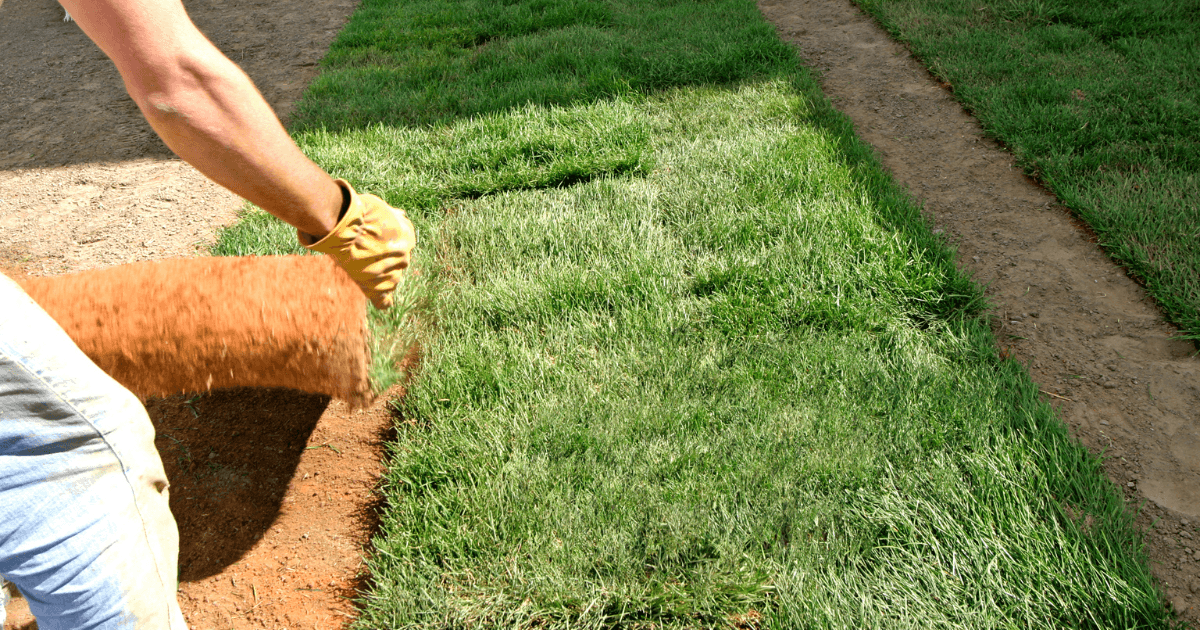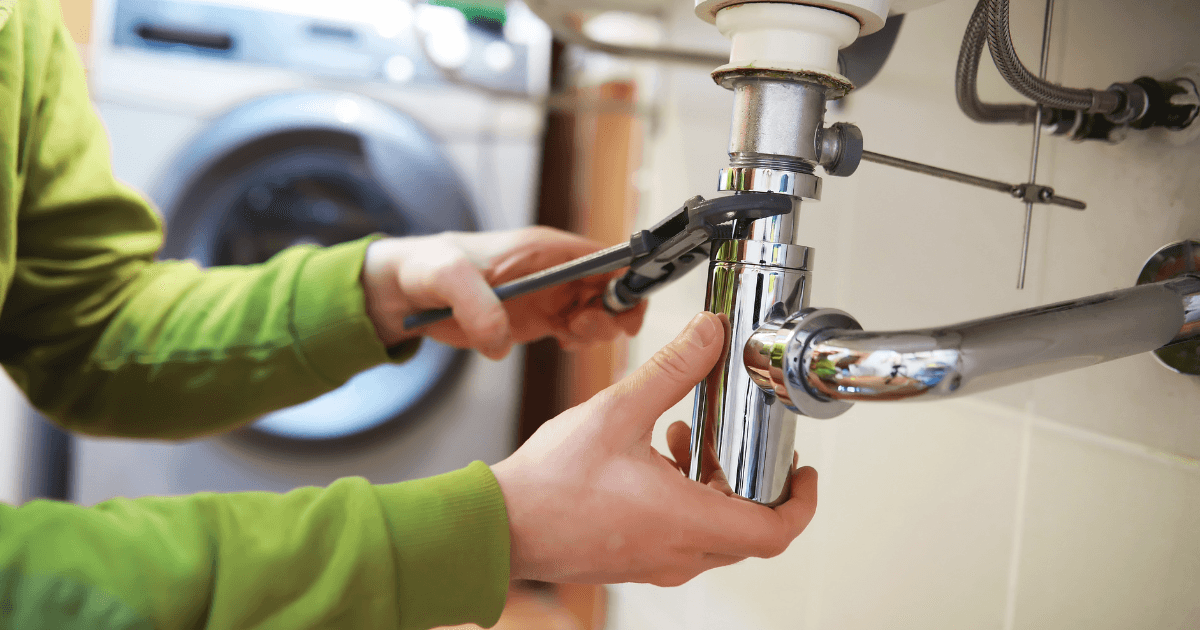Home maintenance has evolved significantly in the last few decades, particularly in the realm of plumbing. One of the most transformative advancements has been trenchless pipe repair. This innovative solution offers homeowners a minimally invasive way to repair or replace damaged pipes, sparing them from the disruptive and costly process of traditional excavation. But why is this technique such a game-changer, and how can it save homeowners time, money, and stress? To understand the full potential of trenchless technology, we need to break down its core principles and challenge conventional thinking about plumbing repair.
Trenchless Technology: The Evolution of Plumbing
At its core, plumbing is about moving water efficiently and safely through a system of pipes. Traditionally, when a pipe broke or corroded, the solution was to dig up the pipe and replace it—a labor-intensive, time-consuming, and disruptive process. But what if there was a way to repair or replace the pipe without the need to dig?
This is where trenchless technology comes into play. Fundamentally, trenchless pipe repair allows for the restoration of underground pipes with minimal disruption to the surrounding environment. By employing advanced techniques like pipe bursting or cured-in-place pipe (CIPP) lining, professionals can repair pipes without digging extensive trenches. The key insight here is that trenchless methods shift the repair process from one of destruction and replacement to one of precision and reinforcement.
The Core Techniques: Pipe Bursting and CIPP Lining
1. Pipe Bursting
Pipe bursting is a trenchless method where the old, damaged pipe is broken apart underground, and a new pipe is laid in its place simultaneously. The process uses specialized equipment to “burst” the old pipe while pulling the new, durable pipe through the same pathway.
The fundamental insight here is efficiency. By breaking the old pipe and replacing it in one continuous process, pipe bursting eliminates the need to dig up the entire length of the damaged pipe. This technique leverages the existing path of the old pipe, reducing both time and cost while avoiding damage to lawns, driveways, and other landscape features.
2. Cured-In-Place Pipe (CIPP) Lining
CIPP involves inserting a flexible, resin-coated liner into the existing pipe. The liner is then inflated and cured with heat or UV light, creating a new, strong pipe within the old one. The end result is a seamless, durable pipe that can last for decades.
CIPP fundamentally transforms how we think about repairs. Rather than removing and replacing a broken pipe, CIPP effectively “reinforces” the existing structure. The analogy here is akin to modern bone repair techniques, where surgeons use rods or plates to strengthen bones instead of replacing them entirely.
Benefits of Trenchless Pipe Repair: Deconstructing Conventional Assumptions
Most homeowners assume that repairing underground pipes means heavy machinery, torn-up lawns, and massive inconvenience. However, trenchless technology challenges these assumptions by offering a solution that is faster, cleaner, and more sustainable. Let’s break down the key benefits that make trenchless pipe repair a superior choice:
1. Cost Efficiency: The Hidden Savings
While the upfront cost of trenchless repairs can sometimes be higher than traditional methods, the long-term savings are substantial. Traditional excavation involves digging up pipes, replacing them, and then repairing the landscape. This often requires additional costs for replanting gardens, repaving driveways, or replacing sidewalks. In contrast, trenchless repair only requires small entry and exit points, preserving the home’s exterior and saving thousands in landscape restoration.
Example: A homeowner needing a 50-foot section of pipe replaced under a driveway might face costs upwards of $15,000 with traditional excavation, while trenchless repair could reduce this cost by half, not to mention avoiding the hassle of restoring the driveway.
2. Minimal Disruption to Daily Life
Traditional pipe repairs can take days, or even weeks, depending on the scope of the project. Homeowners often deal with construction noise, limited access to their property, and an unusable yard. Trenchless repairs, on the other hand, are typically completed in a day or two with far less disruption.
The minimal invasion of trenchless technology becomes even more crucial when considering urban settings where homes are closer together and space is limited. The ability to repair pipes without tearing up a street or multiple properties is a significant advantage for homeowners and communities alike.
3. Environmentally Friendly
Conventional pipe repair methods generate substantial waste, from the old pipes themselves to the soil and landscaping materials displaced during excavation. Trenchless methods drastically reduce this environmental impact. Since trenchless repairs use the existing pipe structure as a guide, there’s far less waste material. Additionally, newer pipe materials like high-density polyethylene (HDPE) or epoxy resin linings used in CIPP are eco-friendly and designed to last longer than traditional materials, further reducing the need for future repairs.
From an environmental perspective, trenchless technology promotes sustainability by reducing the carbon footprint associated with traditional excavation. This aligns with the growing demand for eco-conscious home improvement methods that minimize waste and protect natural resources.
4. Durability and Long-Term Performance
Pipes repaired or replaced with trenchless methods are built to last. CIPP liners, for instance, are resistant to corrosion, root intrusion, and other common causes of pipe damage. The result is a solution that can last 50 years or more, providing homeowners with peace of mind knowing that they won’t need to revisit the problem anytime soon.
By investing in trenchless repairs, homeowners effectively future-proof their plumbing systems. With fewer interruptions, lower maintenance requirements, and greater durability, trenchless repairs significantly extend the lifespan of a home’s infrastructure.
Long-Term Value and Property Impact: Preserving and Enhancing Home Value
For many homeowners, their property is their most valuable asset. Maintaining and increasing that value is a priority. One often-overlooked factor in home valuation is the health and efficiency of the plumbing system. Future homebuyers are increasingly concerned with properties that boast modern, efficient, and durable systems. Trenchless pipe repair ensures that your home’s plumbing is in top condition, without the visible scars of extensive excavation.
A trenchless solution not only improves the overall health of the plumbing system but also preserves the aesthetic integrity of the property. This dual benefit makes trenchless repair an attractive option for homeowners looking to maintain or increase their home’s value.
Trenchless Pipe Repair vs. Traditional Methods: A Comparative Analysis
Let’s break down the comparative advantages of trenchless repair over traditional methods:
| Factor | Trenchless Pipe Repair | Traditional Excavation |
| Cost | Higher upfront but lower overall | Lower upfront, higher long-term |
| Time to Complete | 1-2 days | 3-7 days (or more for larger projects) |
| Landscape Damage | Minimal | Significant |
| Durability | 50+ years (materials like HDPE) | 20-30 years (standard pipes) |
| Environmental Impact | Low (less waste and carbon footprint) | High (excavation, material waste) |
This table emphasizes the efficiency, cost savings, and environmental benefits of trenchless pipe repair compared to traditional methods.
The Role of Technological Innovation: Trenchless Repair and the Future
The continued advancement of trenchless technology highlights the shift toward more sustainable, efficient, and minimally invasive home repairs. Innovations like robotic camera inspections—which allow for real-time diagnostics and targeted repairs—further enhance the precision and effectiveness of trenchless solutions. These technologies not only increase the lifespan of the repair but also reduce the guesswork, ensuring that repairs are only done where absolutely necessary.
The future of plumbing repair will likely see even greater adoption of trenchless technology, as it aligns with broader trends in home improvement, such as sustainability, smart technology, and long-term investment in home infrastructure.
Conclusion: Why Trenchless Pipe Repair is the Smart Choice for Your Home
Trenchless pipe repair offers a solution that not only addresses immediate plumbing issues but also considers the long-term health of your home, your budget, and the environment. By eliminating the need for invasive excavation, trenchless methods provide a quicker, cleaner, and more durable solution than traditional repair methods. For homeowners focused on preserving their property, minimizing disruption, and investing in a sustainable future, trenchless pipe repair is the clear choice.
Takeaway: Don’t wait for a pipe problem to escalate—consult a professional to explore how trenchless pipe repair can save you time, money, and unnecessary hassle. Investing in modern solutions today will protect your home for decades to come.
FAQ: The Benefits of Trenchless Pipe Repair
How long does trenchless pipe repair take?
Most trenchless repairs are completed in 1-2 days, significantly faster than traditional excavation, which can take up to a week or more.
Is trenchless pipe repair expensive?
While the upfront cost may be higher, trenchless pipe repair often results in overall cost savings by reducing labor and restoration expenses.
How long do trenchless repairs last?
Trenchless repairs can last 50+ years, depending on the materials used, offering superior durability compared to traditional pipe replacements.
Is trenchless repair safe for all pipe systems?
Trenchless technology works for most residential pipe systems, including aging pipes. However, a professional inspection is necessary to assess suitability.
Will trenchless repair damage my landscaping?
Trenchless repair is minimally invasive, requiring only small access points, leaving your landscaping, driveway, and home structure intact.





